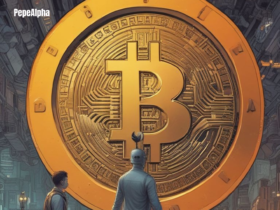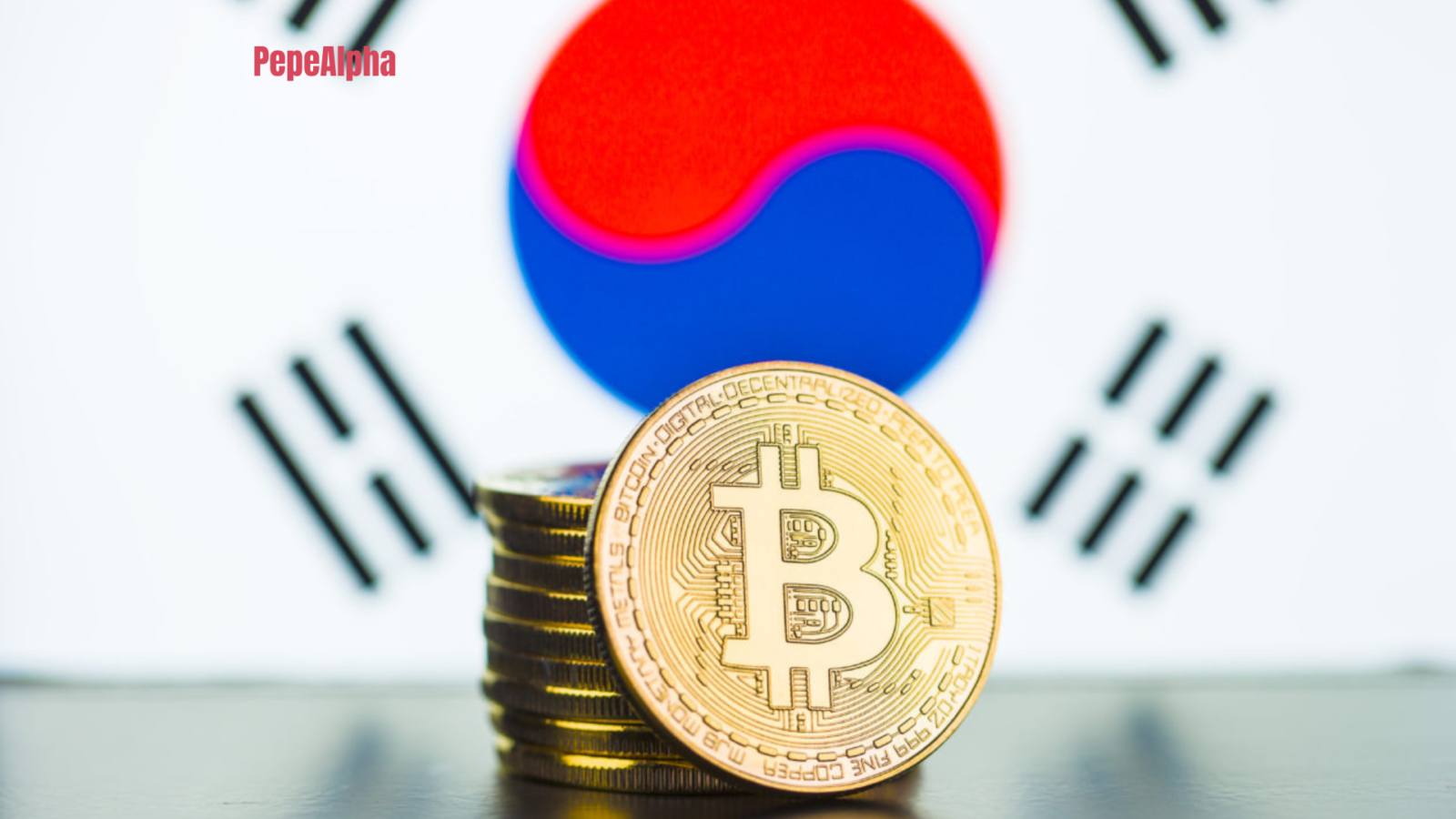In the realm of cryptocurrency, where volatility dances hand in hand with innovation, 2024 unveiled a saga that rivaled the suspense of any blockbuster. Picture this: before the global fascination with “Squid Game” captivated screens, a different kind of death-defying race unfolded on the streets of South Korea. But this race wasn’t for fame or fortune; it was for survival in a landscape reshaped by regulatory thunderstorms.
Enter the stage of South Korean crypto exchanges, bustling hubs of digital wealth, and speculative fervor. March brought forth a seismic shift, as financial overseers issued two edicts, sparking a frantic scramble for compliance. The first decree demanded the elusive Information Security Management System (ISMS) certification, a testament to a platform’s ability to safeguard the sanctity of user data. The second mandate was equally daunting: forge alliances with local banking stalwarts to furnish users with real-name bank accounts, erecting barricades against the specters of money laundering and financial malfeasance. With a mere six months to heed the call, the race was on.
In the annals of this dystopian dash, where time was the ultimate executioner, exchanges found themselves thrust into a survivalist spectacle akin to a reel from Jason Statham’s playbook. Yet, instead of trading blows in a Darwinian struggle for supremacy, the competitors were locked in a frenzied sprint towards regulatory compliance, knowing that failure meant obliteration.
As the sands of time trickled towards the fateful hour of September 24th, a grim reckoning awaited. When the clock struck midnight, the grim toll was laid bare: a staggering 36 out of Korea’s sprawling crypto exchange constellation faced the abyss, deemed unworthy of the regulatory seal of approval. In this crucible of scrutiny, only four stalwarts emerged unscathed: Upbit, Bithumb, CoinOne, and Korbit, hailed as the vanguards of compliance amidst a sea of fallen comrades. The remainder, a motley crew of survivors, eked out a tenuous existence by meeting the bare minimum of regulatory demands.
But amidst the carnage, a silent lament echoed across the digital expanse: the plight of retail investors, unwitting pawns in this high-stakes regulatory chess match. Those who had cast their lot with coins shunned by the surviving exchanges found themselves marooned in a financial no-man’s land, bearing the brunt of staggering losses. Yet, in the eyes of market regulators, the fallout from this massacre remained contained, a testament to the resilience of the crypto market in the face of adversity.
As the dust settled on this harrowing chapter, a sobering truth emerged: the crypto landscape is an ever-evolving arena, where innovation and regulation engage in a delicate dance of equilibrium. In this tale of survival and regulation, the specter of compliance looms large, a reminder that in the world of cryptocurrencies, adaptability is the currency of survival. And so, the saga continues, with each twist and turn shaping the contours of a landscape where uncertainty reigns supreme, and only the resilient endure.















Leave a Reply